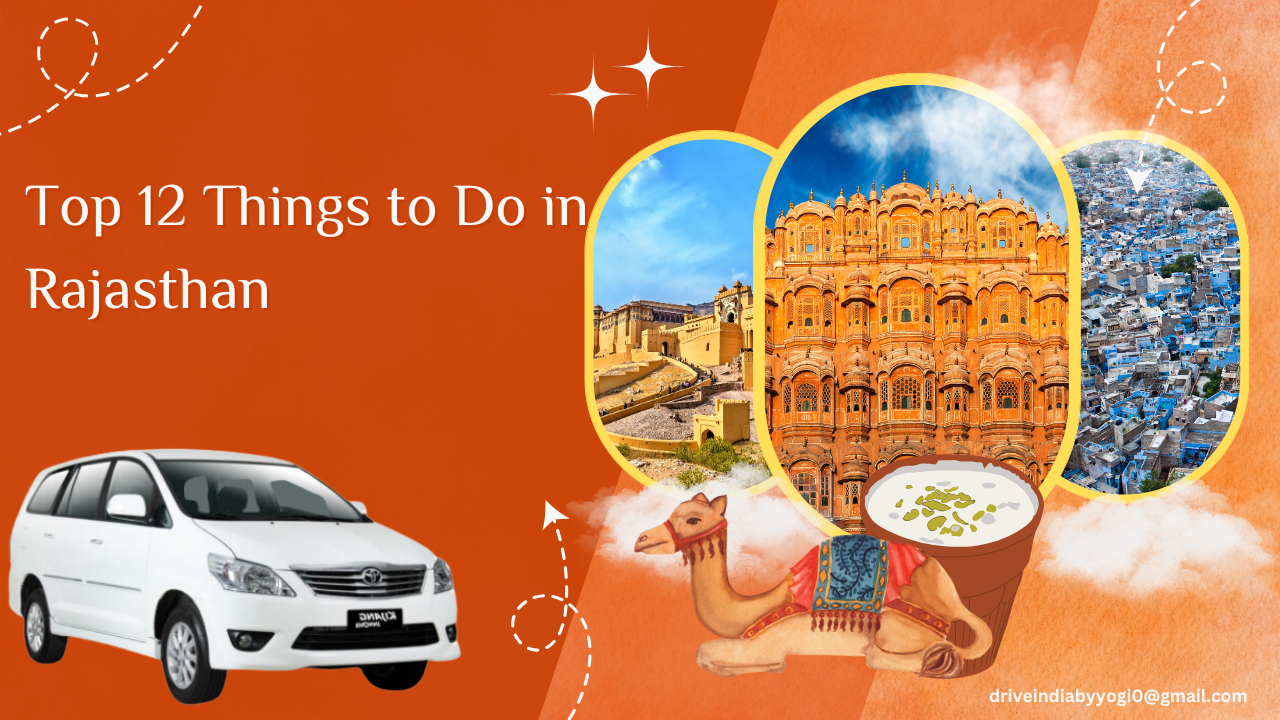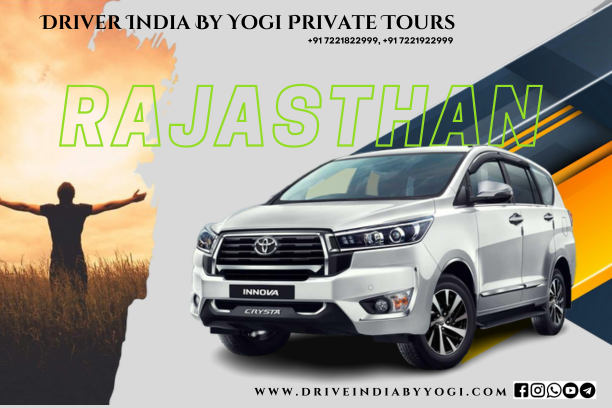Top 12 Things to Do in Rajasthan
Top 12 Things to Do in Rajasthan with a Taxi Service Top 12 Things to Do in Rajasthan, known as the Land of Kings, is a mesmerizing destination with grand forts, vibrant culture, and breathtaking landscapes. Whether you’re visiting Jaipur, Jodhpur, Udaipur, or Jaisalmer, having a reliable cab hire in Rajasthan ensures a stress-free...





